- Budget spent: £3,648
- Status: Implemented
On the central California coastline in the ecologically precious estuary and salt marshes of Elknorn Slough resides an ‘Ecosystem Superhero’ who needs our help. The Southern sea otter (Enhydra lutris nereis), aka the California sea otter, is a subspecies of otter currently vulnerable to human disturbances. Without intervention not only will this wonderfully unique species be in danger, but we also risk losing their vital services in maintaining ecological balance. Inaction could drastically alter biodiversity in the region.
This project has been co-funded by our members and Not Just Tavel's Climate Heroes programme.
Are sea otters endangered?
Following the fur trade, sea otters are listed as endangered on the IUCN Red List and the southern sea otter subspecies is listed as threatened under the US Endangered Species Act, having undergone rapid population decline in the early 1900s. Today, the Southern sea otter faces daily threats from sharks, toxins, diseases, and human disturbances.
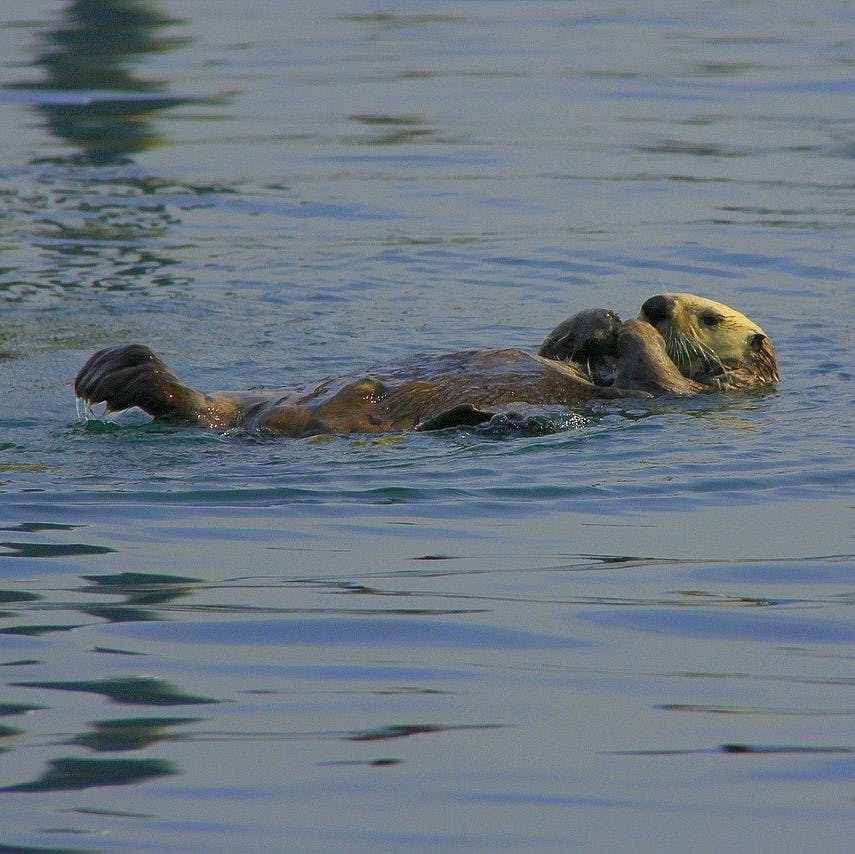
The Intervention
To combat the impacts of human disturbance, this project assesses the impact of increasing marine recreation users to sea otters living in Elkhorn Slough, an estuary just north of Monterey Bay. The data gathered will then be used to inform future management decisions and ensure that otters can safely inhabit the slough.
More about this intervention
Elkhorn Slough is a region along the Central Coast of California that is home to a recovering population of Southern sea otters. The slough also hosts human visitors wishing to kayak, stand-up paddleboard, scuba dive, and participate in other marine recreation activities. As a result of the initial COVID-19 lockdown, marine recreation had increased significantly. On the one hand, whilst it’s encouraging to know more people want to engage in nature, many first-time visitors are unaware of specific protocols used to reduce their impact on the surrounding wildlife. Consequently, there is a clear need to understand impacts and take action before irreversible damage is done. Wildlife disturbance is a huge concern of major conservation agencies, yet data correlating increased human disturbances to harmful impacts on wildlife is very rare to come by.
Sea Otter Savvy is an on-the-ground organisation on the Central California coast working to increase awareness and stewardship of this issue amongst the coastal community. The impact of the pandemic on its funding has meant this organisation urgently needs support. Therefore, at Mossy Earth, we are supporting them in monitoring, measuring, and assessing the impact of the increased marine recreation on sea otters in the slough. Our members will cover the purchase of a camera trap to monitor visitor numbers and a stipend for a local university student to analyse the data. These data will be used by Sea Otter Savvy to inform stakeholders of best practices for mitigating the effects of crowds to the sea otters and other surrounding wildlife.
A final report is to be delivered by Sea Otter Savvy in 2025, which we will share details of.
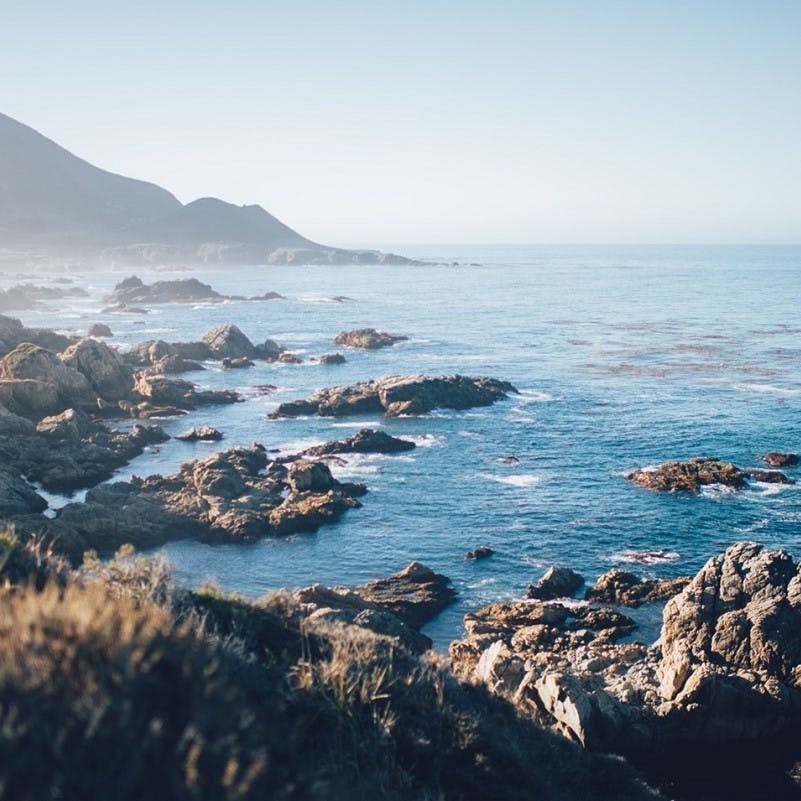
Learn more about why we are monitoring sea otter populations
Why is this Species Important?
How sea otters help save the planet
As Sea Otter Savvy puts it, sea otters are “ecosystem superheroes.” These furry friends play a critical role in their marine ecosystems as a predator keystone species. This is an ecological term given to species who have a profound impact on their ecosystem by keeping its prey in check, without them trophic cascades can be destabilized and ecosystems suffer. Kelp forests and seagrass beds, maintained by healthy sea otter populations, provide a home for hundreds of fish species, nursery habitats for invertebrate species, and carbon storage that can combat climate change.
When sea otters are removed from a kelp ecosystem
Sea otters are a species that many other creatures in the ecosystem depend on, and their disappearance would have drastic consequences. Marine invertebrates can swarm a habitat and cause imbalance. Sea urchins are one such invertebrate who feed on kelp, without predators controlling their numbers, they can decimate kelp forests. Another is crab, who feed on sea slugs – a species that graze on eelgrass and keep its blades free of algae and hence, healthy. By consuming large amounts of these invertebrates, sea otters control their populations and protect these important ecosystems.
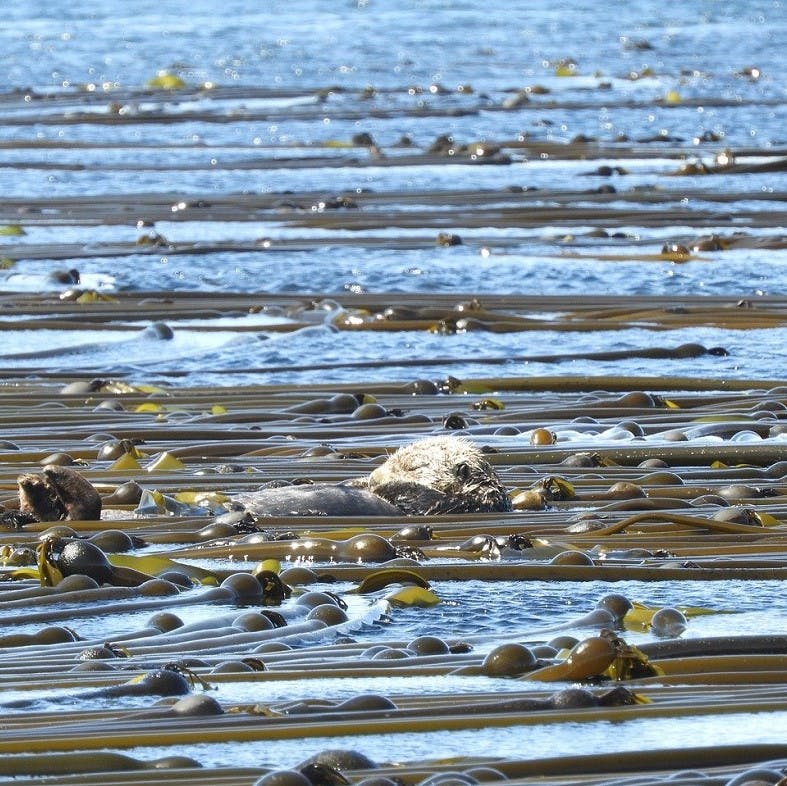
Sea otters may be fierce predators but they have a number of physiological characteristics that make them particularly vulnerable to disturbance.
Sea Otter Savvy
Why Do They Need Protecting?
During the 18th and 19th centuries, the booming fur trade took a serious toll on sea otter populations, as they were hunted to near extinction. Once residing continuously along the North Pacific Rim, southern sea otters have now reclaimed only about 13% of their historic range. These extant sea otter populations demonstrate low levels of genetic diversity, resulting in relatively weak populations. On top of this, sea otters have unique physiological characteristics that make them particularly sensitive to disturbances. For instance, sea otters spend much of their time resting to conserve energy to forage, and even small disturbances can severely disrupt this critical resting period. This is especially the case for sea otter mothers who need up to double the energy to provide for their young so swimming away from approaching humans exerts extra precious energy.
Sea otters also lack the layer of blubber that many marine mammals possess, leaving them with little ability to store their precious energy as fat. Understanding the threats that various human disturbances pose to these incredible creatures, then, is tremendously important to ensure that current and future populations can survive and thrive.
If you are keen to find out more about marine rewilding or rewilding in general, head over to our kelp restoration project page and rewilding blog.
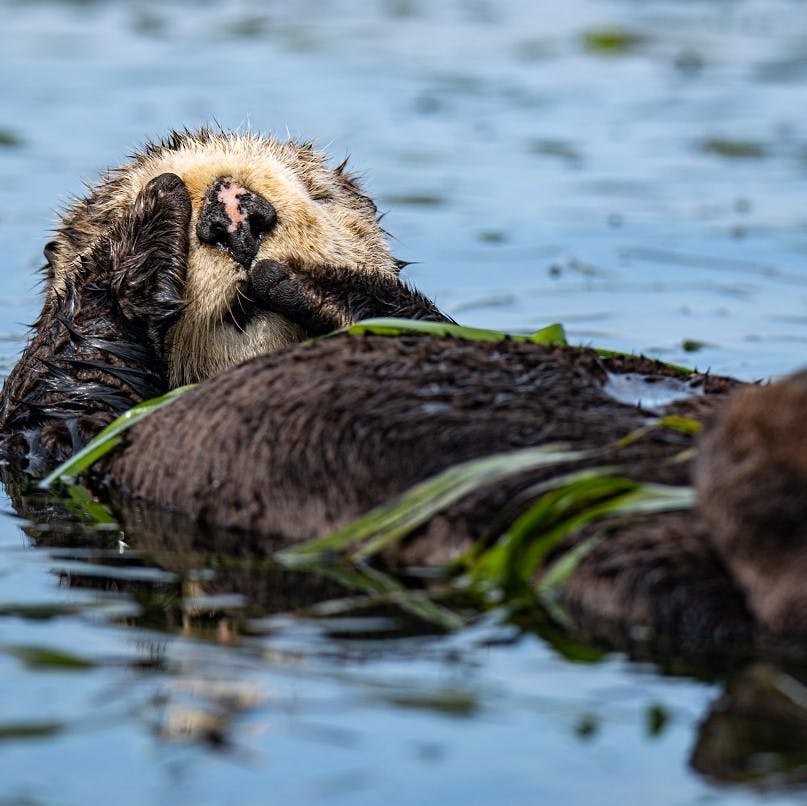
the team behind the project
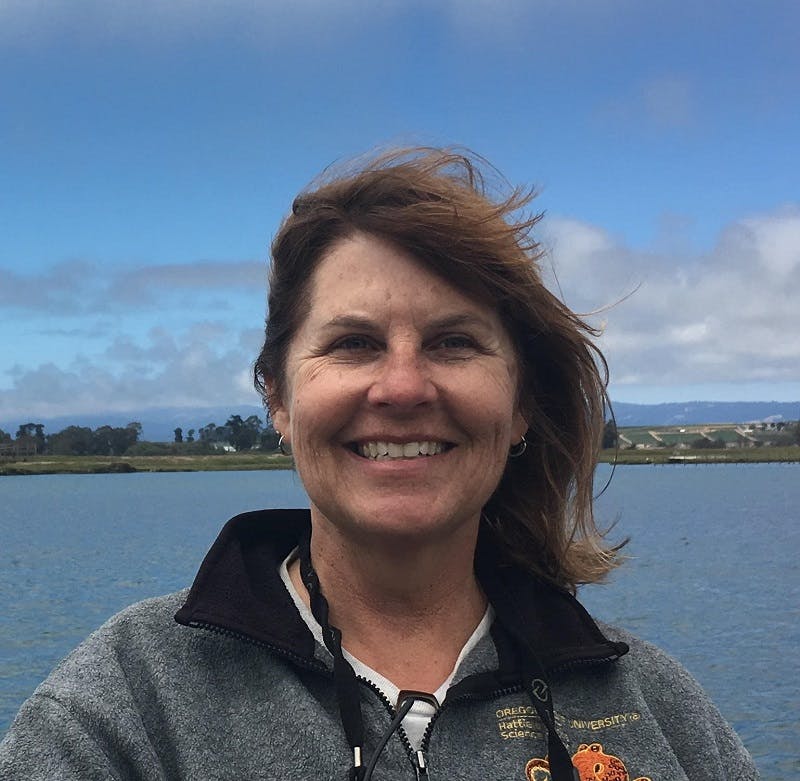
Gena Bentall- Director, Senior Scientist, Sea Otter Savvy

Hannah Kirkland - Mossy Earth
Sources & further reading

- “” - Sea Otter Savvy
- “Loss of genetic diversity in sea otters (Enhydra lutris) associated with the fur trade of the 18th and 19th centuries” - Molecular Ecology